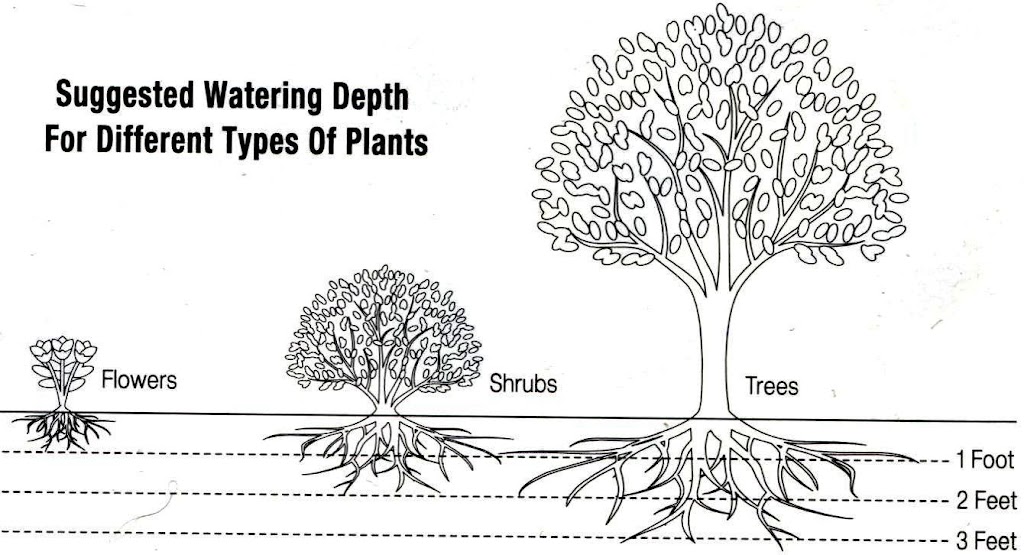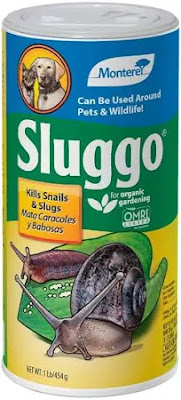Roots of Trees Follow the Water in the Desert
Q. You posted pictures about watering with the depth of a plants root system. How do trees survive in lawns then? Suggested root depth of different plants and how much water to give them. This makes it easier to see that taller plants have deeper roots and need to be watered as such. As the roots get deeper they also get wider. This is why big trees use more water than little trees. https://wateruseitwisely.com/saving-water-outdoors/plant-watering-guide/ A. Some trees survive in lawns and others don’t. As a rule of thumb, mesic (nondesert) trees will survive in lawns while xeric (desert) trees will not. For instance, ash trees (mesic) will survive in a lawn. Xeric (desert) trees will die if they receive water too often. Xeric trees such as Foothills Palo Verde will struggle in a lawn. Mesic trees are better suited for lawn areas than xeric trees. Roots of trees will go where there is plenty of water even if it’s in you or your neighbor’s yard. It goes without saying that large trees should not be planted close to walls. Plants are lazy, including their roots. Roots grow best where can get water mixed with air and get it the easiest. That concept pertains to both mesic and xeric trees. Daily watering during the summer means the roots of (mostly) mesic trees growing in a lawn area will have roots all through the soil surface. There they can get a mixture of both air and water the easiest. Roots growing in lawns well head to the surface of the lawn because that’s where they find a good mixture of air, water, and fertilizer. Removing the lawn also removes this distribution of water and air. Instead, these trees must survive on the water provided through drip emitters. That is a change from watering the lawn to watering shrubs. Is that enough water? Is the water provided in the right distribution? Is the water provided to the tree in the right spots? You will find out usually next summer when it gets hot. By the way, surface mulch (rock or wood chips) helps stop the water from evaporating from the soil during the heat of the day. Golf course superintendents well water new trees with a water truck even if they’re growing in grass. Besides water, roots of tall pine trees provide stability for the tree during wind. A general rule of thumb is to water deeply according to its height. For instance, tall trees growing without a lawn should be watered to a depth of 3 feet to provide the tree stability during windy weather.
Roots of Trees Follow the Water in the Desert Read More »

